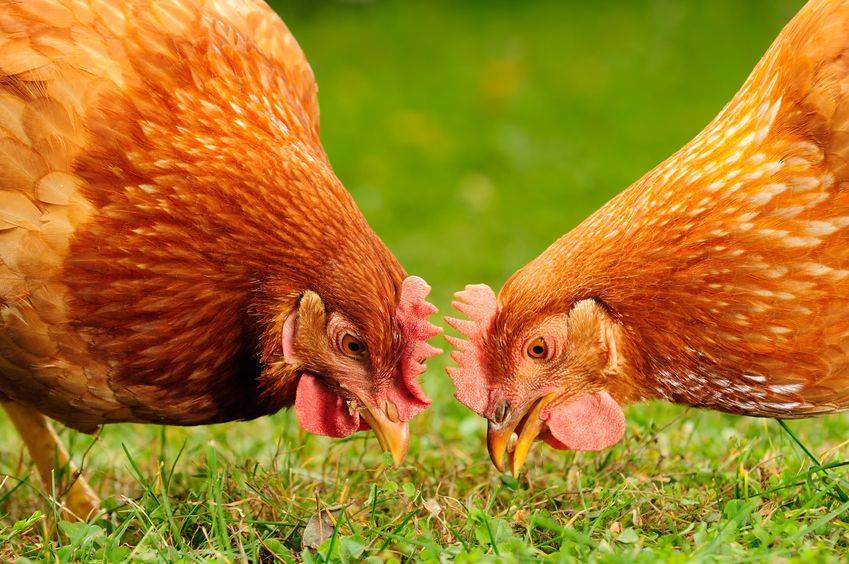
Migratory wild birds crossing the north-eastern and eastern border of the EU is the most likely pathway for avian influenza to enter the territory, according to the European Food Safety Authority (EFSA).
Experts from the food safety body assessed the risk of bird flu entering the EU and reviewed surveillance approaches.
Their scientific advice is based on a review of all the information on the avian influenza outbreaks that have occurred in recent years.
“This work will enhance the EU’s preparedness for avian influenza outbreaks, just ahead of the peak influenza season in autumn and winter. It would not have been possible without the close cooperation with Member States affected by this epidemic,” said Arjan Stegeman, Chair of the Working group on avian influenza.
However, a recent outbreak happened in the EU on Monday (16 October). The Netherlands announced it had culled 41,500 birds in a commercial layer flock after the low pathogenic H5N2 strain had been found.
And whilst the UK has recently declared itself free of bird flu, the UK's Chief Vet Nigel Gibbons has urged continued vigilance.
Water birds
One of the main recommendations by the EFSA is that water birds found dead should be reported to the local veterinary authorities – particularly during the influenza season.
Testing farmed water birds – such as ducks and geese – for avian influenza is also important because they can easily come into contact with wild birds and then spread the virus, according to the EFSA.
This can be done by blood analysis of live poultry and by testing for viruses in farmed water birds found dead.
Farmers and poultry keepers have been urged to adopt appropriate management measures to increase biosecurity.
These include preventing direct contact between wild water birds and poultry, by using nets or keeping poultry indoors during peak influenza season, and avoiding the movement of animals between farms.
